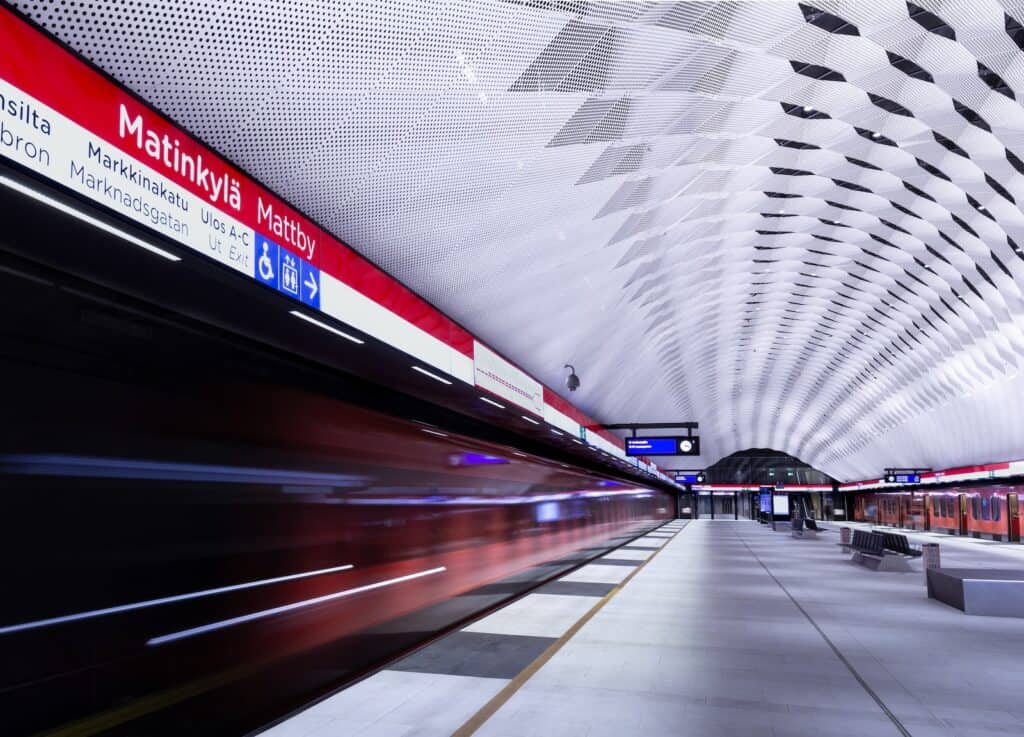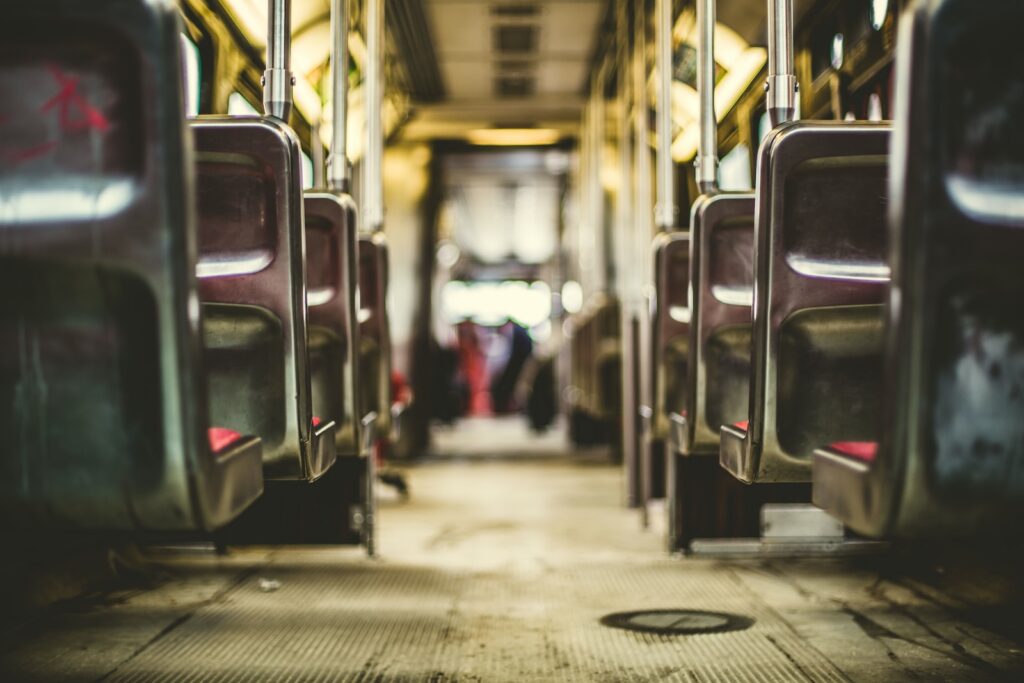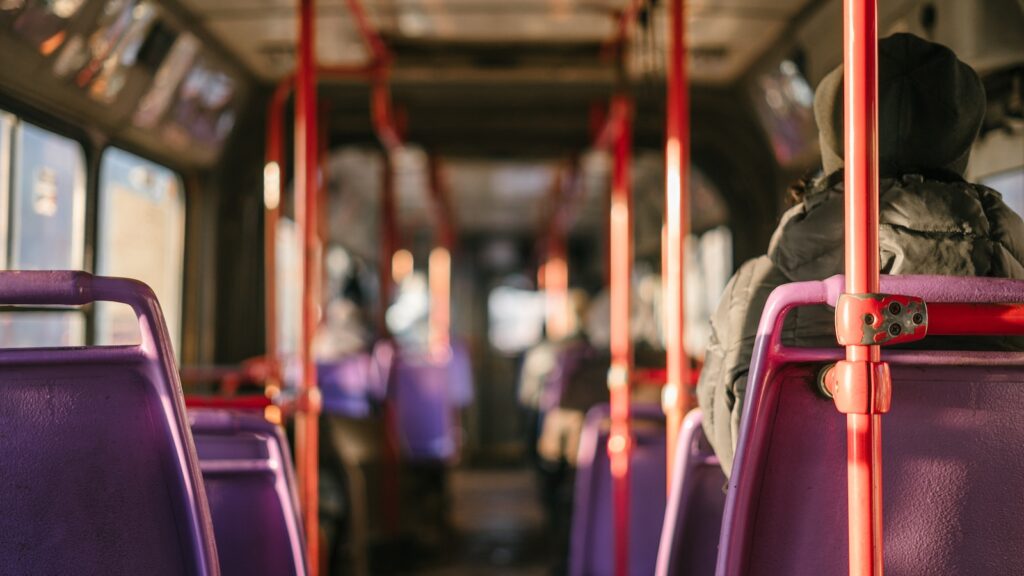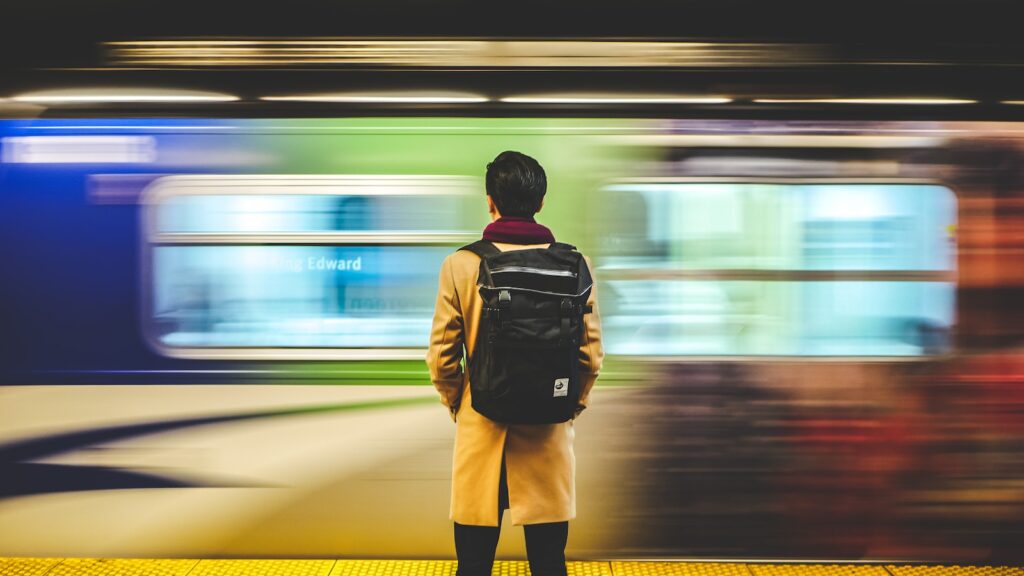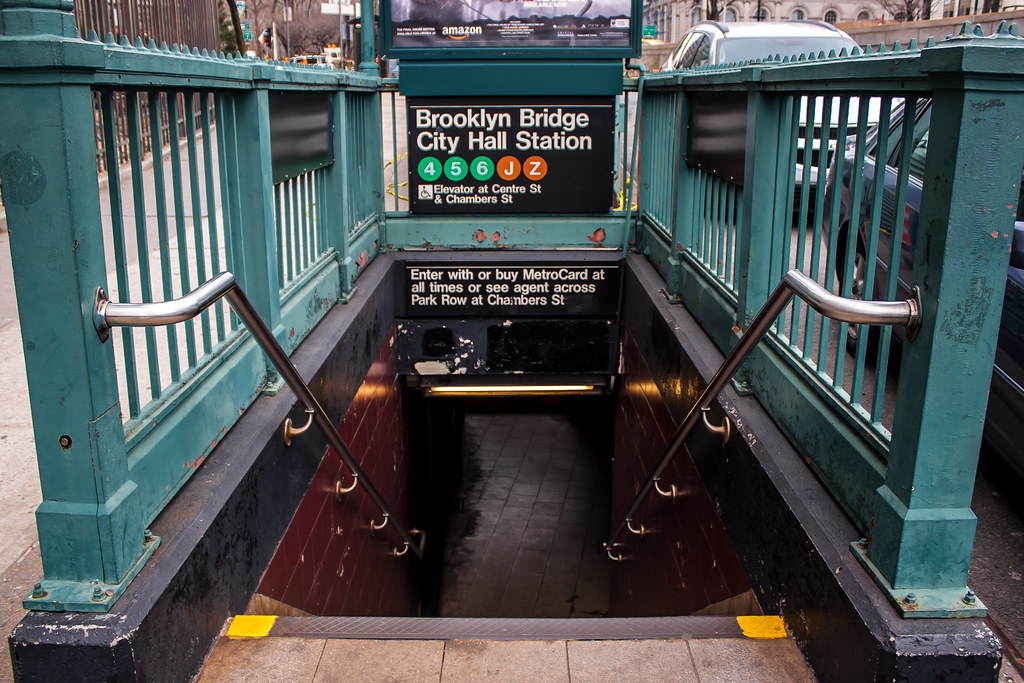The world is becoming increasingly urbanized, and with that comes the need for efficient and reliable public transportation systems. In recent years, cities around the world have been investing heavily in their transit systems, with some emerging as clear leaders in the field.
According to a survey conducted by Time Out, some of the best public transit systems in the world can be found in cities such as Tokyo, Singapore, and Amsterdam. These cities have developed comprehensive transit networks that include buses, trains, and subways, making it easy for residents and visitors to get around quickly and conveniently. In addition to being efficient, these transit systems are also known for being clean and safe, which is important for ensuring that people feel comfortable using them.
Of course, there are many other factors that come into play when evaluating the quality of a city’s public transit system. Factors such as affordability, accessibility, and sustainability are all important considerations. Nevertheless, cities that have invested in their transit systems and focused on improving the user experience have emerged as leaders in this field, setting an example for other cities around the world to follow.
Table of Contents
Understanding Public Transit Systems
Public transit systems, also known as public transportation systems, are a network of transportation modes that are available for use by the general public. These systems are designed to provide efficient and affordable transportation to people in urban and suburban areas. Public transit systems include a variety of transportation modes, such as mass transit railways (MRTs), subways, trains, buses, trams, light rail, ferries, and taxis.
Mass transit railways, also known as MRTs or metros, are underground or elevated trains that run on dedicated tracks. These systems are usually found in large cities and are designed to provide fast and efficient transportation. Examples of MRTs include the London Underground, also known as the Tube, and the MTR in Hong Kong.
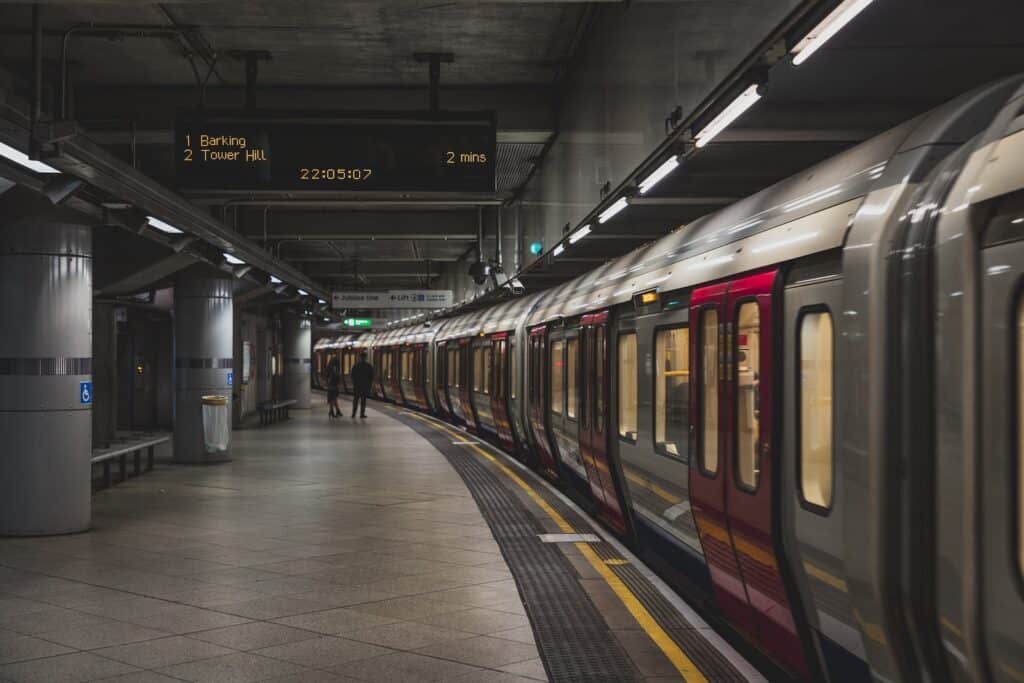
Subway systems are similar to MRTs but may also include above-ground sections. These systems are usually found in larger cities and are designed to provide fast transportation over long distances. Examples of subway systems include the New York City Subway, the Tokyo Subway, and the Moscow Metro.
Trains are usually found in suburban and rural areas and are designed to provide transportation over longer distances. Train lines may also connect cities and towns together. Examples of trains include commuter trains, intercity trains, and high-speed trains such as the Shinkansen in Japan.
Buses are a common form of public transit and are found in most cities and towns. They are designed to provide transportation over shorter distances and may operate on a fixed route or be part of a flexible system. Examples of buses include city buses, express buses, and shuttle buses.
Trams, also known as streetcars or trolleys, are similar to buses but operate on tracks. They are usually found in smaller cities and towns and provide transportation over shorter distances. Examples of trams include the San Francisco Cable Car and the Melbourne Tram.
Light rail systems are similar to trams but may operate on dedicated tracks and provide transportation over longer distances. They are usually found in larger cities and may be part of a larger transportation network. Examples of light rail systems include the Los Angeles Metro Rail and the Dallas Area Rapid Transit (DART).
Ferries provide transportation across bodies of water and are usually found in coastal cities and towns. They are designed to provide transportation over shorter distances and may be part of a larger transportation network. Examples of ferries include the Staten Island Ferry in New York City and the Star Ferry in Hong Kong.
Taxis are a common form of public transit and are found in most cities and towns. They provide transportation on demand and may be hailed on the street or ordered through a mobile app. Examples of taxi companies include Uber, Lyft, and Grab.
Overall, public transit systems play an important role in providing transportation to people in urban and suburban areas. They offer a variety of transportation modes that are designed to meet the needs of different types of travelers.
Efficiency and Reliability of Transit Systems
Efficiency and reliability are two critical factors that determine the success of any public transit system. Efficient transit systems are those that provide fast and reliable service to commuters, while reliability refers to the consistency of the service provided.
One of the primary challenges that transit systems face is delays, particularly during peak hours. Traffic congestion and road congestion can lead to significant delays, making it difficult for commuters to plan their trips and arrive at their destinations on time.
To address this challenge, many transit systems have implemented measures to improve efficiency and reliability. For example, some systems have introduced dedicated bus lanes or implemented signal prioritization to help buses move more quickly through congested areas.
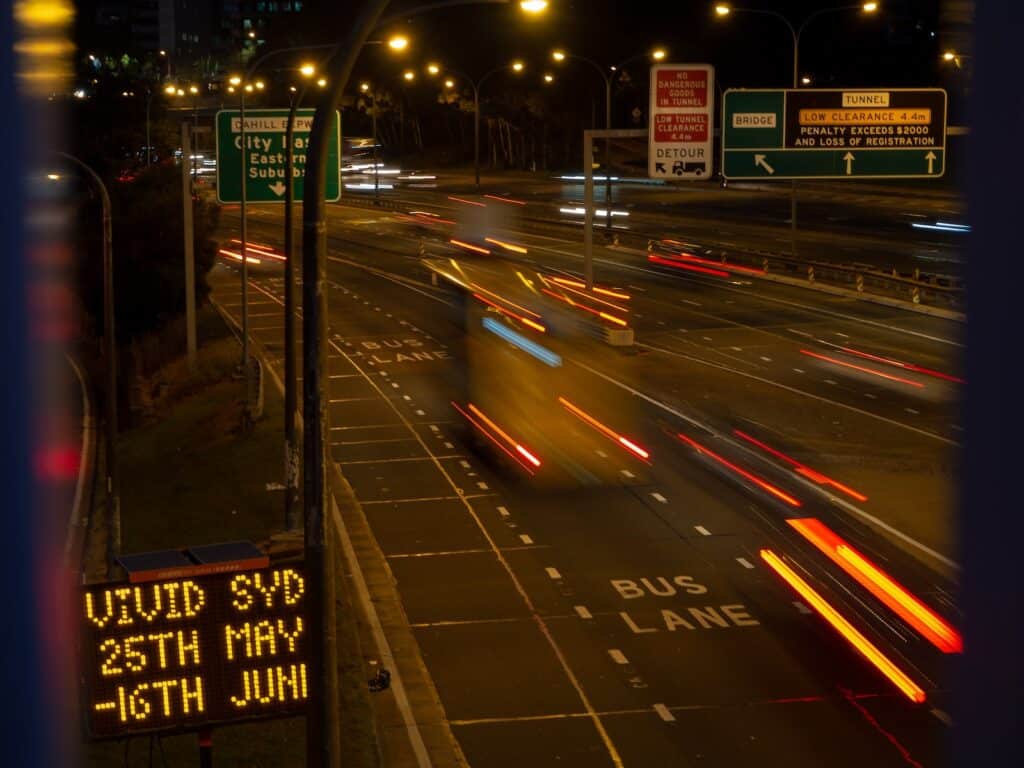
Another strategy used to improve efficiency and reliability is the use of real-time data and predictive analytics. By analyzing data on traffic patterns, weather conditions, and other factors, transit systems can better predict delays and adjust their schedules accordingly.
In addition to these strategies, some transit systems have also invested in new technologies, such as electric buses and autonomous vehicles, to improve efficiency and reliability. These technologies can reduce emissions and improve fuel efficiency, while also providing a more reliable and consistent service to commuters.
Overall, the efficiency and reliability of a transit system are critical factors that impact the lives of millions of people. By implementing strategies to reduce delays, improve scheduling, and invest in new technologies, transit systems can provide a more efficient and reliable service to commuters, making it easier for them to get to work, school, or other destinations on time.
Best Public Transit Systems in the World
Public transportation is an essential part of modern urban life. It provides an efficient, affordable, and eco-friendly way for people to travel around the city. Some cities around the world have developed world-class public transit systems that are known for their reliability, coverage, and convenience. Here are some of the best public transit systems in the world.
1. Hong Kong
Hong Kong has one of the most efficient and comprehensive public transit systems in the world. The system includes buses, trams, ferries, and an extensive subway network that covers most parts of the city. The subway system, known as the MTR, is fast, reliable, and affordable. It operates 24 hours a day, and the trains arrive every few minutes during peak hours.
2. London
London has one of the oldest and most iconic public transit systems in the world, the London Underground, also known as the Tube. The Tube is the world’s oldest underground railway system and has been in operation since 1863. It covers most parts of the city and is known for its reliability, frequency, and convenience. The system also includes buses, trams, and riverboats.
3. New York
New York City has one of the largest and busiest public transit systems in the world. The system includes buses, subways, and commuter trains that serve the city and its surrounding areas. The subway system, known as the MTA, is the largest in the world and operates 24 hours a day. The buses are also a convenient way to get around the city, with over 5,700 buses serving more than 300 routes.
4. Paris
Paris has one of the most extensive and iconic public transit systems in the world, known as the Metro. The Metro is a fast, reliable, and affordable way to get around the city. It covers most parts of the city and operates 24 hours a day. The system also includes buses, trams, and commuter trains that serve the city and its surrounding areas.
5. Singapore
Singapore has one of the most modern and efficient public transit systems in the world. The system includes buses, subways, and light rail trains that serve the city and its surrounding areas. The subway system, known as the MRT, is fast, reliable, and affordable. It operates 24 hours a day, and the trains arrive every few minutes during peak hours.
6. Tokyo
Tokyo has one of the most extensive and efficient public transit systems in the world. The system includes buses, subways, and commuter trains that serve the city and its surrounding areas. The subway system, known as the Tokyo Metro, is fast, reliable, and affordable. It operates 24 hours a day, and the trains arrive every few minutes during peak hours.
7. Berlin
Berlin has an extensive public transit system that is known for its reliability and coverage. The system includes buses, trams, and subways that serve the city and its surrounding areas. The subway system, known as the U-Bahn, is fast, reliable, and affordable. It operates 24 hours a day, and the trains arrive every few minutes during peak hours.
8. Madrid
Madrid has one of the most modern and efficient public transit systems in the world. The system includes buses, subways, and commuter trains that serve the city and its surrounding areas. The subway system, known as the Metro, is fast, reliable, and affordable. It operates 24 hours a day, and the trains arrive every few minutes during peak hours.
9. Seoul
Seoul has one of the most modern and efficient public transit systems in the world. The system includes buses, subways, and commuter trains that serve the city and its surrounding areas. The subway system, known as the Seoul Metro, is fast, reliable, and affordable. It operates 24 hours a day, and the trains arrive every few minutes during peak hours.
10. Shanghai
Shanghai has one of the most extensive and modern public transit systems in the world. The system includes buses, subways, and commuter trains that serve the city and its surrounding areas. The subway system, known as the Shanghai Metro, is fast, reliable, and affordable. It operates 24 hours a day, and the trains arrive every few minutes during peak hours.
11. Copenhagen
Copenhagen has one of the most modern and efficient public transit systems in the world. The system includes buses, subways, and light rail trains that serve the city and its surrounding areas. The subway system, known as the Metro, is driverless, fast, reliable, and affordable. It operates 24 hours a day, and the trains arrive every few minutes during peak hours.
12. Stockholm
Stockholm has one of the most extensive and efficient public transit systems in the world. The system includes buses, subways, light rail trains, and commuter trains that serve the city and its surrounding areas. The subway system, known as the
Asia’s Leading Transit Systems
Asia is home to some of the world’s leading transit systems, with cities like Hong Kong, Singapore, Tokyo, and Seoul boasting efficient and reliable public transportation options.
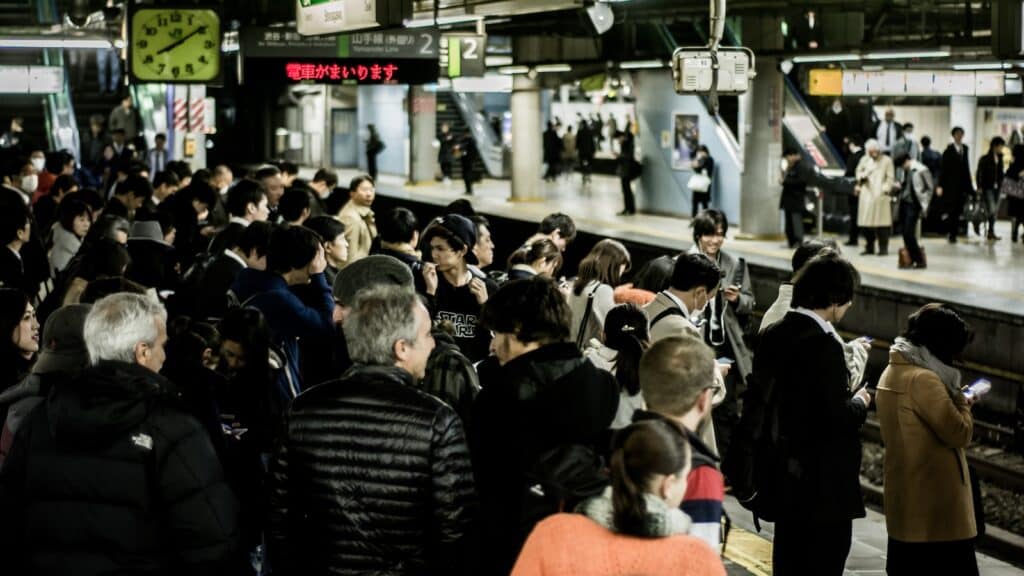
Hong Kong’s Mass Transit Railway (MTR) system is a standout, with its extensive network of trains, buses, and ferries transporting millions of passengers every day. The system is known for its cleanliness, safety, and punctuality, making it a popular choice for commuters and tourists alike. The Octopus card, a rechargeable smart card used for fare payments, is also widely used and has become an iconic symbol of Hong Kong’s transit system.
Similarly, Singapore’s Mass Rapid Transit (MRT) system is another top performer in the region. The MRT boasts a network of five lines and 119 stations, connecting commuters to all corners of the city-state. The system is known for its speed, reliability, and efficiency, making it a popular choice for both locals and tourists.
In Tokyo, the Tokyo Metro is a key component of the city’s transportation infrastructure. The system is extensive, with 13 lines and over 200 stations, making it one of the largest subway networks in the world. The Tokyo Metro is known for its cleanliness, safety, and punctuality, and is an essential mode of transportation for the city’s residents.
Seoul’s well-developed transport system has made it Asia’s transportation hub. The subway system here serves approximately 8 million passengers per day, and the city also boasts an extensive bus network and a high-speed rail system. Taxis are also widely used in transporting passengers, especially to and from airports and railway stations.
Shanghai and Taipei are also worth mentioning, with their respective metro systems offering efficient and reliable transportation options for residents and visitors alike. In Mumbai, the city’s suburban railway network is a lifeline for millions of commuters, connecting them to the city’s business districts and suburbs.
Overall, Asia’s leading transit systems are a testament to the region’s commitment to efficient and sustainable public transportation. With innovative technologies and a focus on passenger experience, these systems are setting the standard for cities around the world.
Europe’s Top Transit Systems
Europe is known for having some of the best public transit systems in the world. With efficient and reliable services, it’s no surprise that many European cities are often ranked highly for their transportation networks. Here are some of the top transit systems in Europe:
London Underground
The London Underground, also known as the Tube, is one of the oldest and most extensive metro systems in the world. It covers over 400 kilometers of track and has 270 stations. The Tube is a vital part of London’s transportation network, with millions of people using it every day. It is also one of the most iconic symbols of the city.
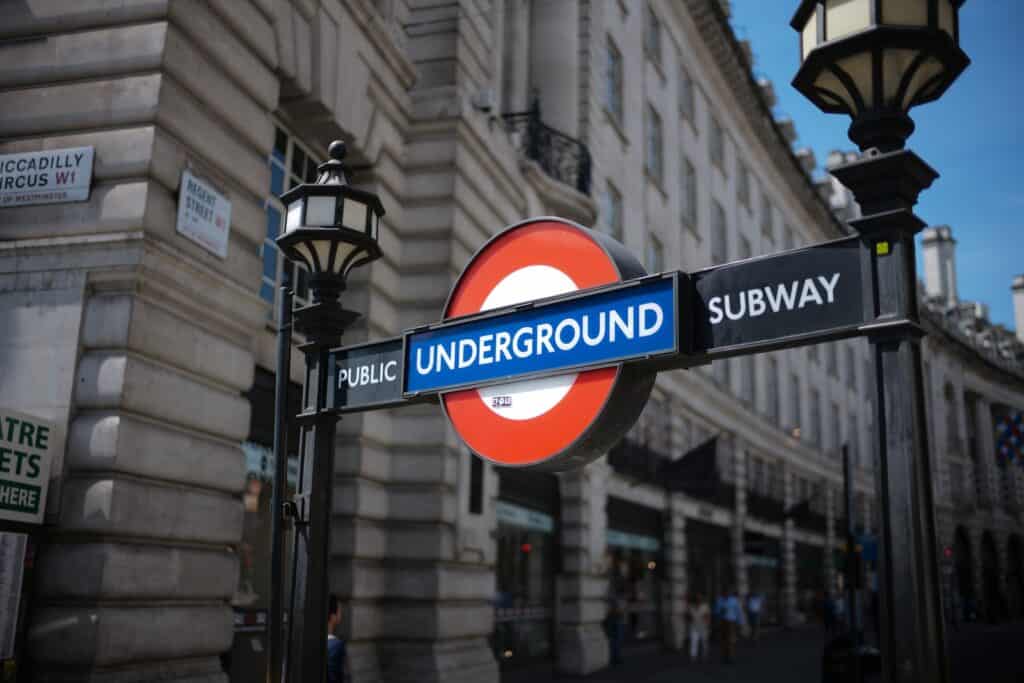
Paris Metro
The Paris Metro is another world-renowned transit system. It has 16 lines and over 300 stations, covering the entire city and beyond. The Metro is fast, efficient, and affordable, making it the preferred mode of transportation for many Parisians and tourists alike.
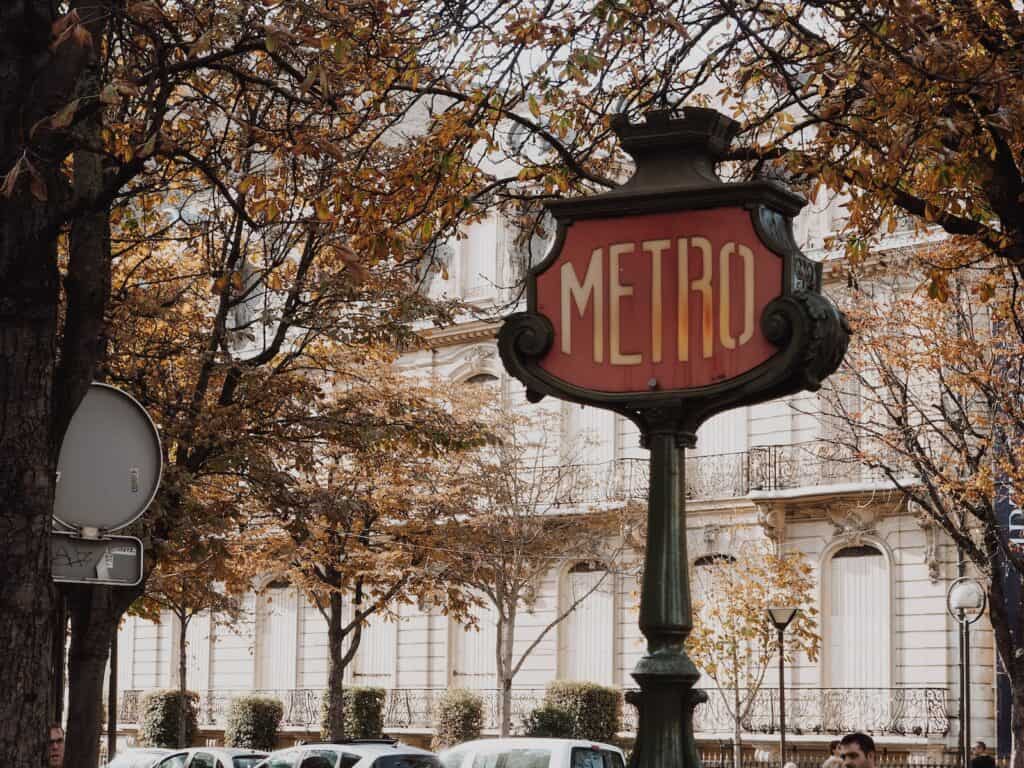
Berlin U-Bahn
Berlin’s U-Bahn is an extensive underground system that covers the entire city. It has 10 lines and 173 stations, making it one of the largest metro networks in Europe. The U-Bahn is known for its punctuality and efficiency, making it a popular choice for commuters and visitors to the city.
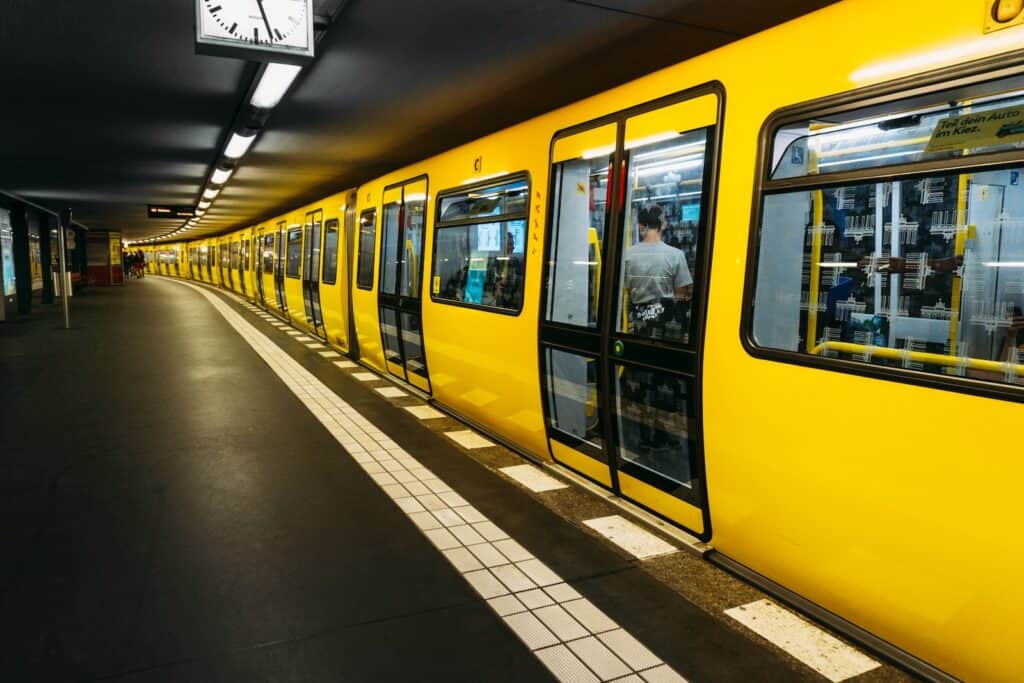
Madrid Metro
The Madrid Metro is the second-largest metro system in Europe, after the Moscow Metro. It has 13 lines and over 300 stations, covering the entire city and beyond. The Metro is known for its cleanliness, safety, and efficiency, making it a popular choice for locals and tourists alike.
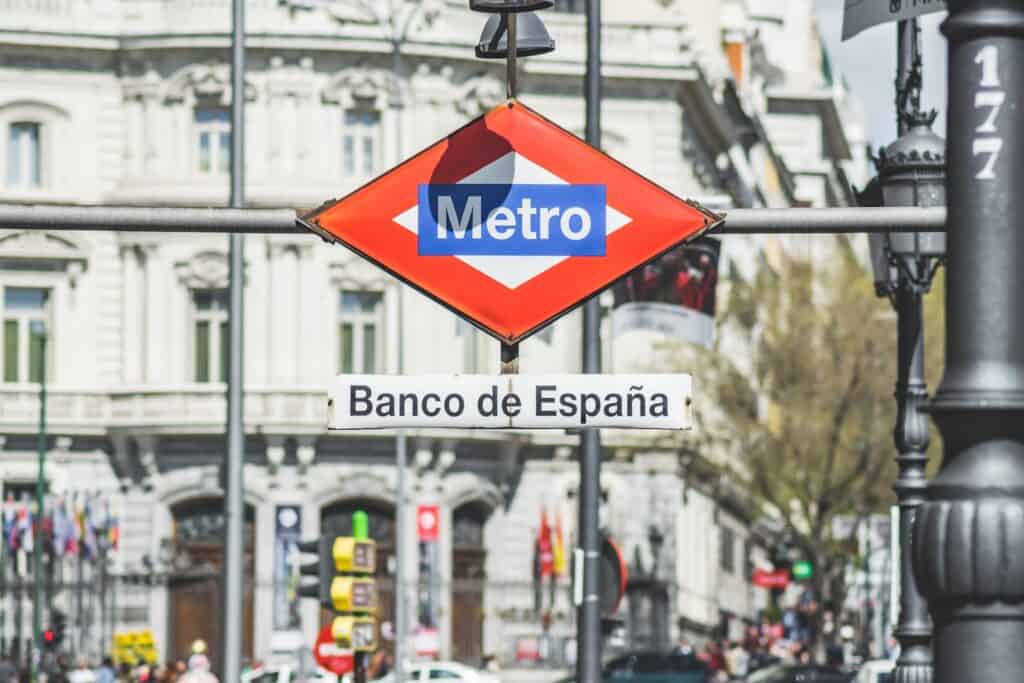
Copenhagen Metro
The Copenhagen Metro is a relatively new system, having opened in 2002. It has two lines and 22 stations, covering the city center and some of its suburbs. The Metro is known for its modern design and efficiency, making it a popular choice for commuters and visitors to the city.
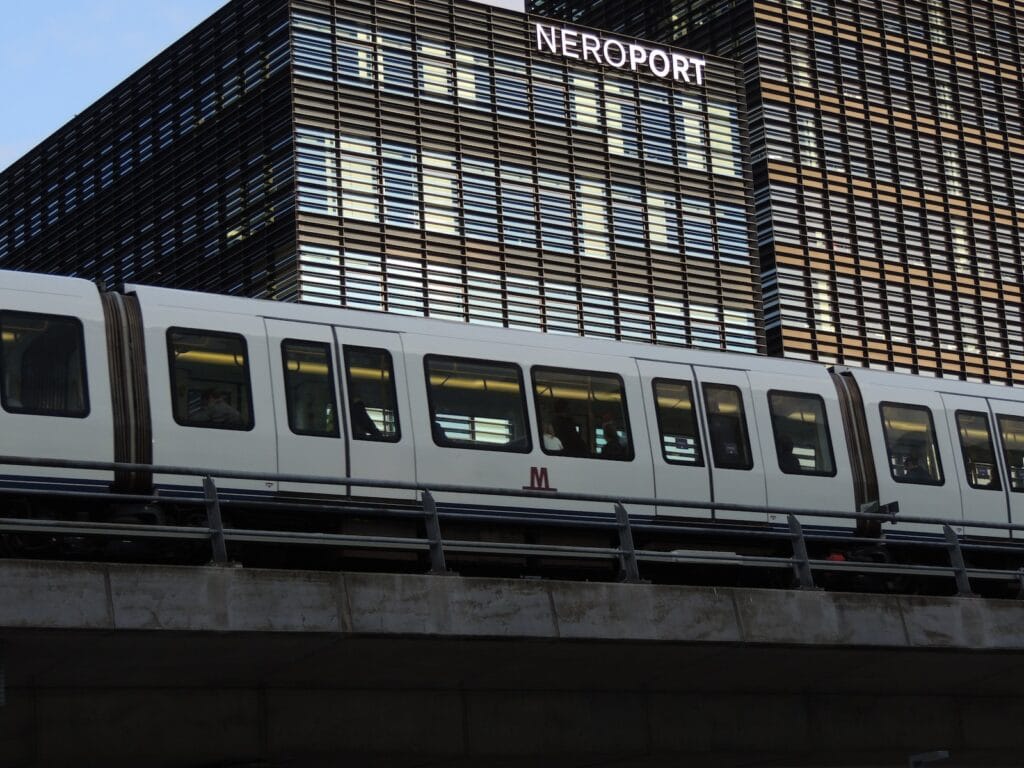
Stockholm Metro
The Stockholm Metro, also known as the Tunnelbana, is another iconic transit system. It has three lines and 100 stations, covering the entire city and some of its suburbs. The Metro is known for its unique art installations in many of its stations, making it a popular destination for tourists.
Prague Metro
The Prague Metro is a relatively small system, with three lines and 61 stations. However, it covers the entire city and some of its suburbs, making it an essential part of Prague’s transportation network. The Metro is known for its efficiency and affordability, making it a popular choice for locals and tourists alike.
Edinburgh Trams
Edinburgh Trams is a relatively new system, having opened in 2014. It has one line and 16 stops, covering the city center and some of its suburbs. The Trams are known for their modern design and efficiency, making them a popular choice for commuters and visitors to the city.
Amsterdam Trams
Amsterdam Trams is the largest tram network in the Netherlands, with 16 lines and over 500 stops. The Trams cover the entire city and some of its suburbs, making them an essential part of Amsterdam’s transportation network. The Trams are known for their efficiency and affordability, making them a popular choice for locals and tourists alike.
Zurich Trams
Zurich has one of the best public transport systems in Europe and the world. The city has an extensive network of trams, buses, and commuter trains, with more than 80 different lines. Zurich’s transportation system is known for its efficiency, punctuality, and cleanliness, making it a popular choice for commuters and visitors to the city.
In conclusion, Europe has some of the best public transit systems in the world, with efficient and reliable services that cover entire cities and beyond. From the iconic London Underground to the modern Copenhagen Metro, these transit systems are an essential part of daily life for millions of people.
North America’s Best Transit Systems
North America boasts some of the best public transit systems in the world. According to a recent study by Oliver Wyman Forum, Chicago, New York, and Montreal are among the top North American cities with the best public transit systems.
New York City has the largest and oldest public transit system in North America. The New York City Subway, operated by the New York City Transit Authority, is one of the busiest and most extensive subway systems in the world, with 472 stations and over 5 million daily riders. The city also has an extensive bus network, with over 14,000 buses serving all five boroughs.
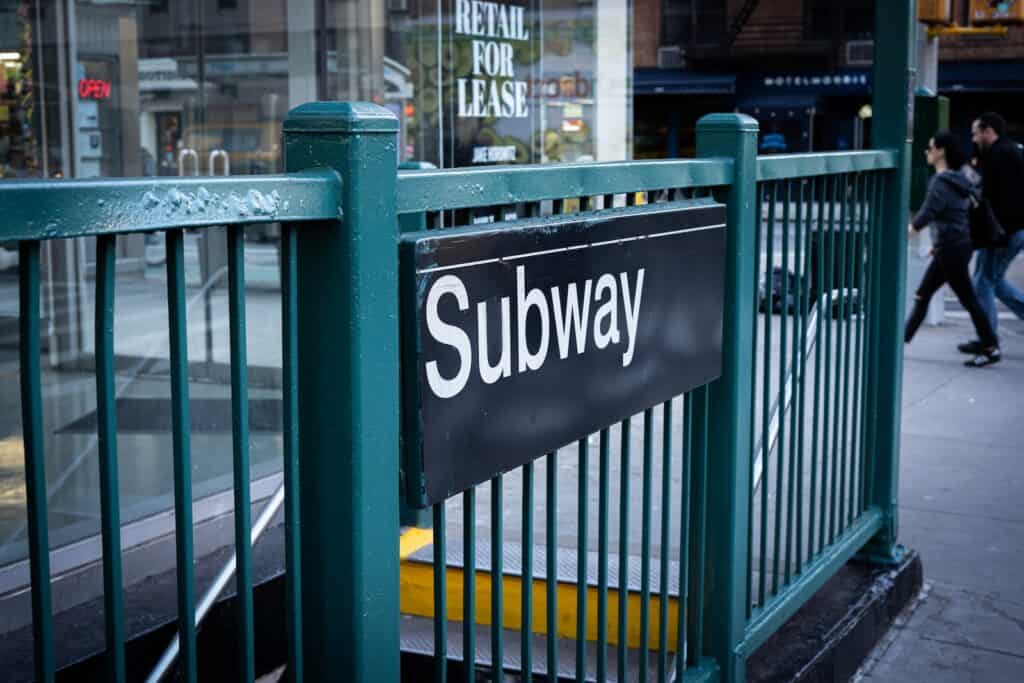
Chicago ranked among best cities. The city has an extensive public transit system that includes the ‘L’ train system, which serves the city and surrounding suburbs. The ‘L’ is the second-largest rapid transit system in the United States, with eight lines and 145 stations. Additionally, the city has an extensive bus network, with over 1,800 buses serving the city and surrounding areas.
Montreal has an extensive public transit system that includes the Montreal Metro, a rapid transit system that serves the city and surrounding areas. The system has four lines and 68 stations. The city also has an extensive bus network, with over 200 bus routes serving the city and surrounding areas.
Atlanta, Houston, and Dallas also have extensive public transit systems that include bus and rail networks. Atlanta has a rapid transit system known as MARTA, which serves the city and surrounding areas. Houston has a light rail system known as METRORail, which serves the city and surrounding areas. Dallas has a light rail system known as the Dallas Area Rapid Transit (DART), which serves the city and surrounding areas.
Overall, North America’s best public transit systems are characterized by extensive networks, affordability, and accessibility.
Studies and Surveys on Public Transit Systems
Various studies and surveys have been conducted to determine the best public transportation systems in the world. These studies and surveys are often conducted by consulting firms, universities, and other organizations with relevant expertise.
Oliver Wyman, a global management consulting firm, conducted a study in 2021 to determine the most efficient public transit systems in the world. The study analyzed the efficiency of local trains and heavy rail rapid transit systems in 30 cities around the world. The study found that Tokyo, Seoul, and Hong Kong had the most efficient public transit systems based on factors such as reliability, frequency, and capacity.
Aesthetics are also an important factor in determining the quality of a public transit system. A study conducted by Carteni and Cascetta in 2012 found that aesthetics and cleanliness were the most important factors for riders when evaluating a transit system. The study found that riders were more likely to use a transit system that was clean, well-lit, and had attractive design elements.
Another important factor in evaluating public transit systems is affordability. A survey conducted by Tummoc in 2022 found that affordability was the most important factor for riders when choosing a transit system.
Overall, studies and surveys have found that the best public transit systems in the world are those that are efficient, aesthetically pleasing, and affordable. These factors are important for attracting riders and ensuring that public transit is accessible to everyone.
FAQ
Which country has best public transport?
Hong Kong has one of the most efficient and comprehensive public transit systems in the world. The system includes buses, trams, ferries, and an extensive subway network that covers most parts of the city. The subway system, known as the MTR, is fast, reliable, and affordable. It operates 24 hours a day, and the trains arrive every few minutes during peak hours.
Why doesn t the US have better public transit?
The state of public transit in the US is a result of several historical, geographical, economic, and political factors:
Car Culture: The automobile industry became a major force in the U.S. economy during the 20th century. This led to a culture where cars became symbols of freedom, independence, and personal identity.
Urban Sprawl: Many U.S. cities and suburbs are spread out, which makes it challenging for public transit systems to be as effective as they might be in denser urban areas.
Historical Decisions: In the mid-20th century, many streetcar systems were dismantled, partly due to the influence of the automobile industry. As a result, cities were built or restructured around the needs of cars rather than public transportation.
Funding: Public transportation in the U.S. typically receives less federal funding compared to road infrastructure. Additionally, public transit often relies on local and state funding, which can be inconsistent or inadequate.
Political Factors: There’s been historical opposition to public transit projects, often stemming from car manufacturers, oil companies, and even sometimes local communities fearing the change in their neighborhoods.
Where does the US rank in public transportation?
The U.S. does not rank at the top in terms of public transportation globally, especially when compared to many European and Asian countries. While cities like New York, San Francisco, and Washington D.C. have robust public transportation systems, many other cities and rural areas lack comprehensive or efficient systems. Factors like coverage, frequency, speed, and affordability are often better in countries with a stronger emphasis on public transit infrastructure.
Which country has the best train system in the world?
The “best” train system can be subjective and dependent on specific criteria (speed, efficiency, coverage, affordability, etc.). However, a few countries are often praised for their rail systems:
1. Japan: Known for its Shinkansen (bullet trains), Japan boasts punctuality, extensive coverage, and high speed.
2. France: The TGV (Train à Grande Vitesse) is known for its speed and efficiency.
3. China: In recent years, China has expanded its high-speed rail network at an unprecedented pace, now holding the title for the longest high-speed rail network in the world.
4. Germany: The Deutsche Bahn (DB) network is extensive and well-regarded, with the ICE (InterCity Express) trains being particularly praised.
5. Switzerland: Known for punctuality and breathtaking scenic routes.

